Isernia, scorci
2021
You may also like
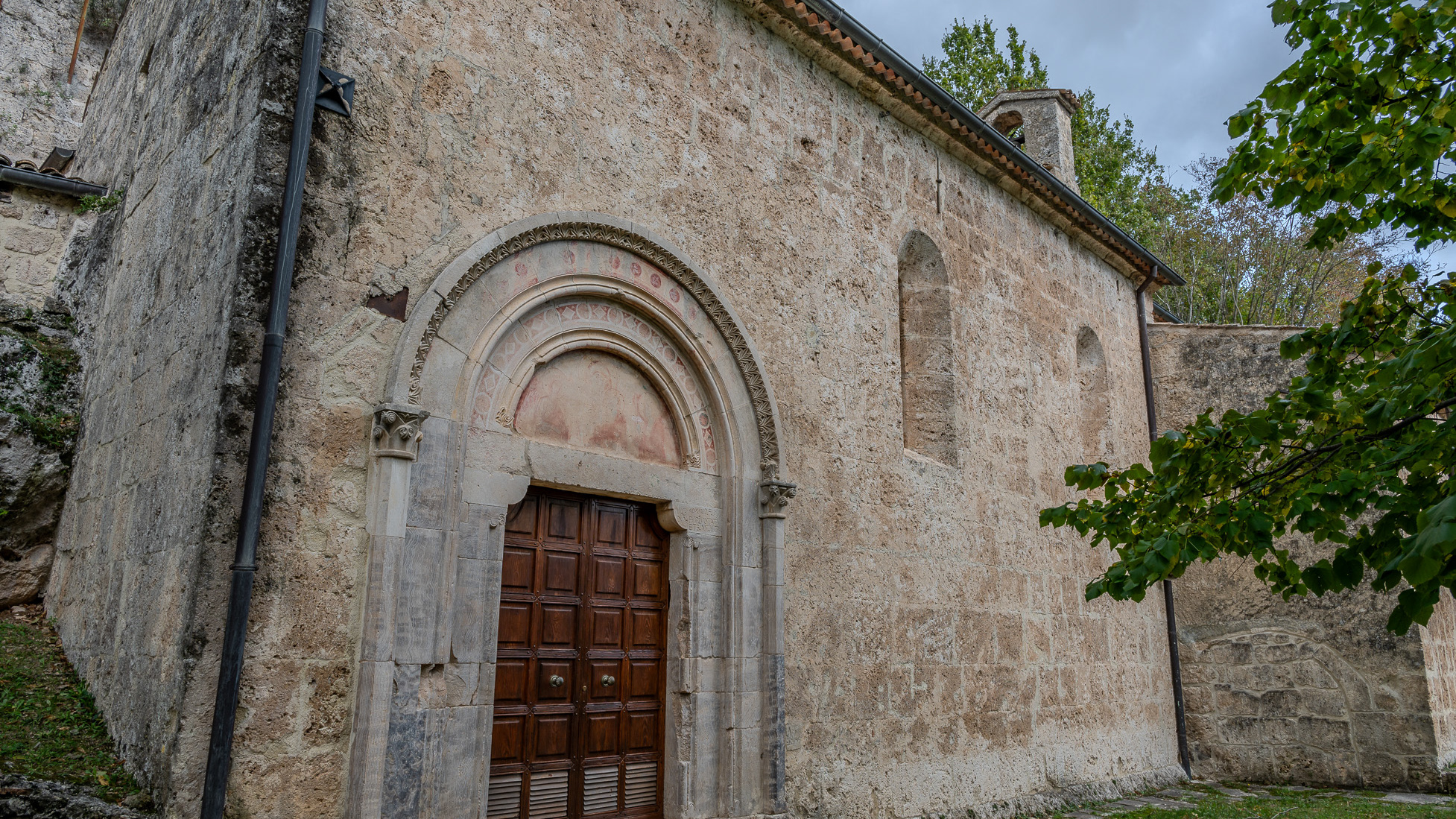
2023
Rocchetta in Volturno. Sanctuary of S. M. delle Grotte
Of Benedictine architecture, between the 13th and 14th centuries the Sanctuary, which is flanked by a monastery, represents a complex of very significant religious importance.
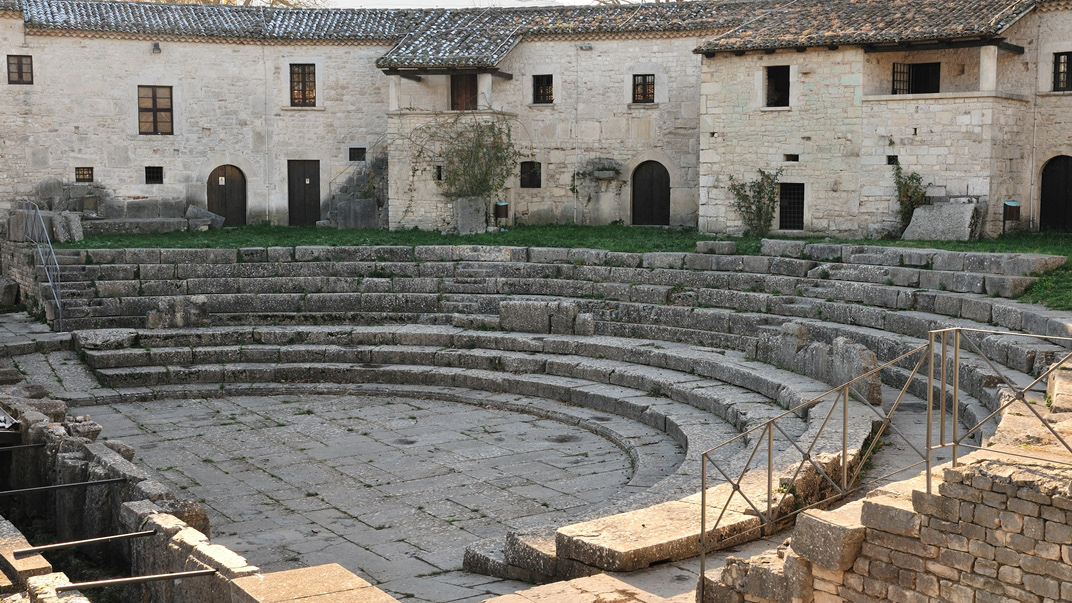
2010
Sepino (CB) - Saepinum
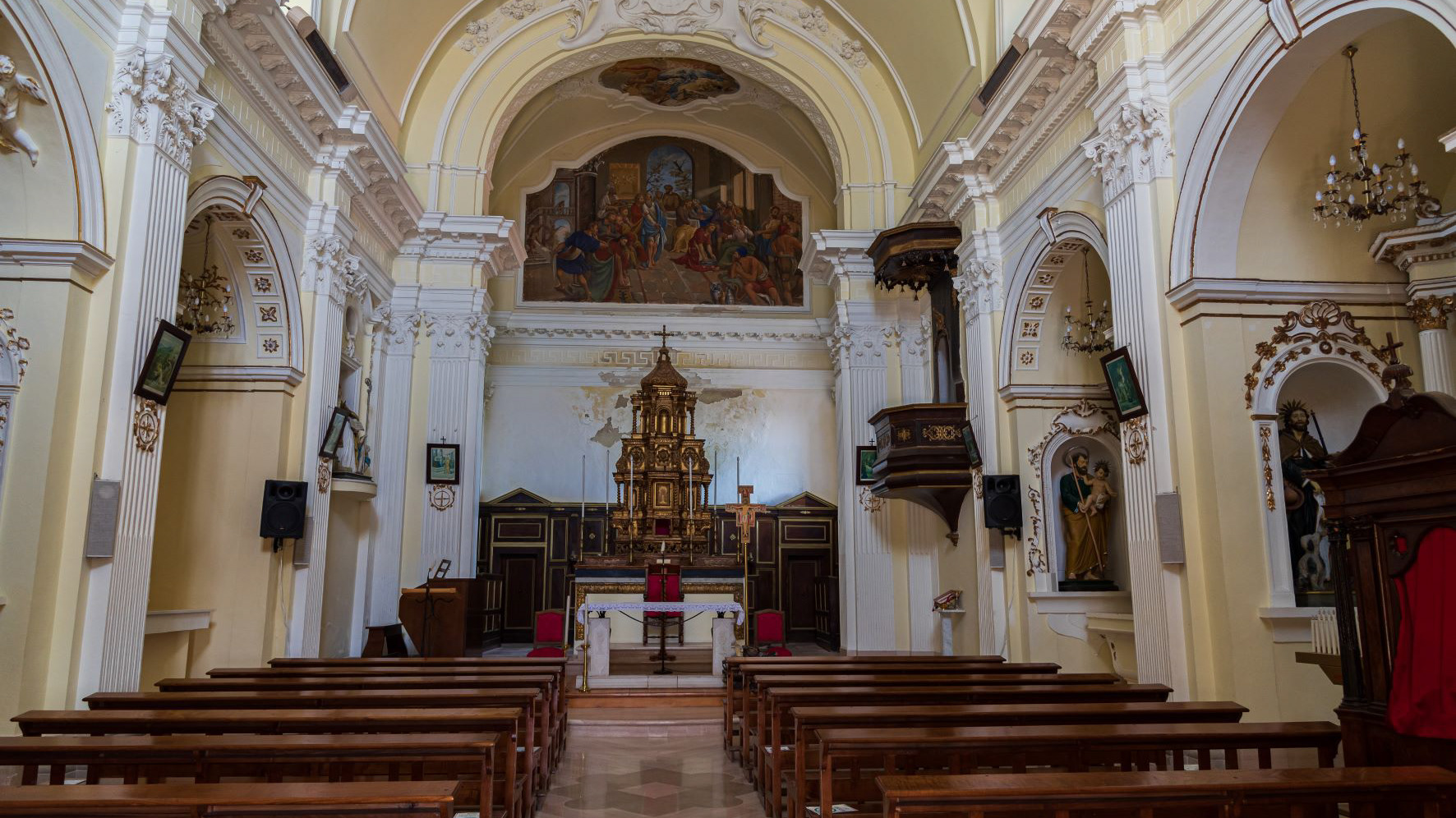
2021
Pescopennataro. The church of S. Bartolomeo Apostolo
The church of San Bartolomeo Apostolo (1654), rebuilt in the twentieth century after the destruction of the world wars. Of particular interest is the high altar with the adjoining wooden tabernacle.
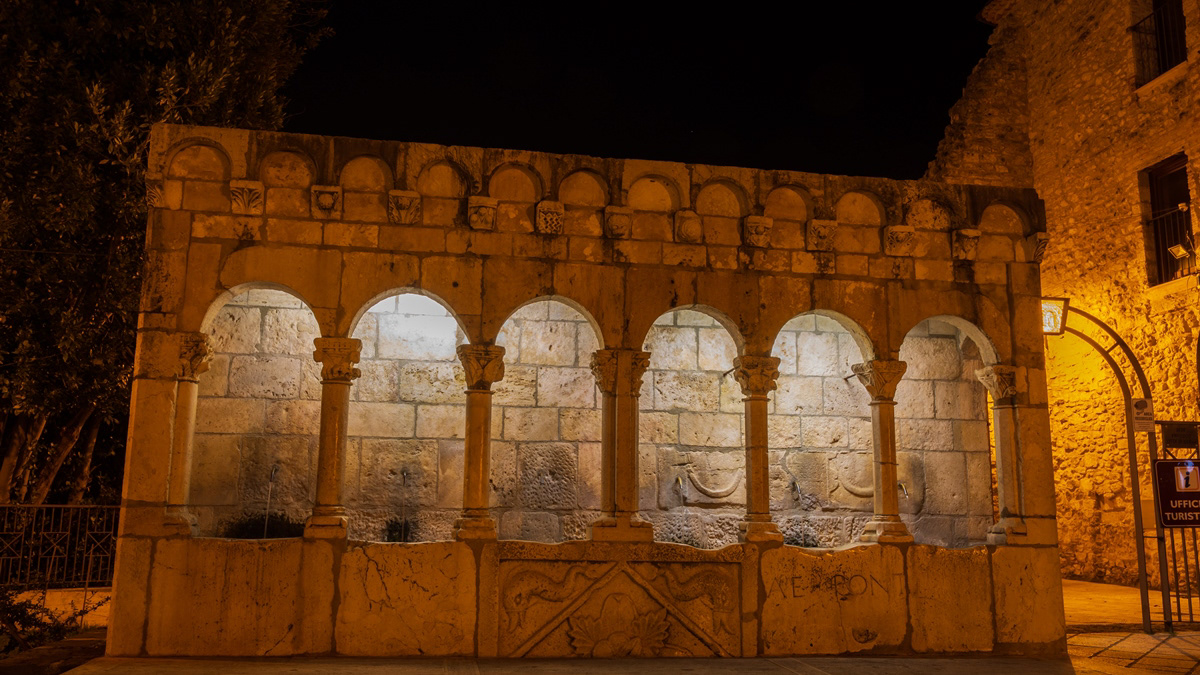
2018
Isernia, Fontana Fraterna, notturne
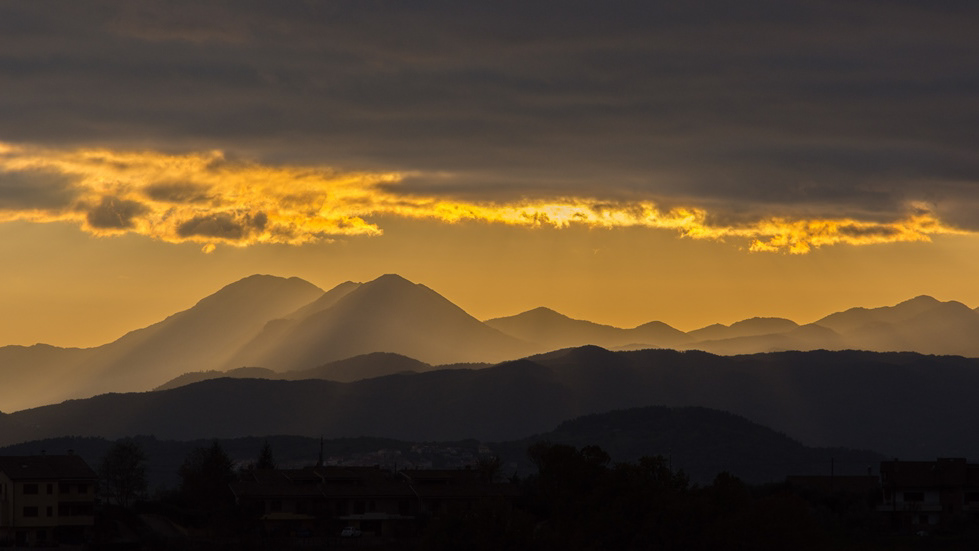
2018
Tramonti molisani
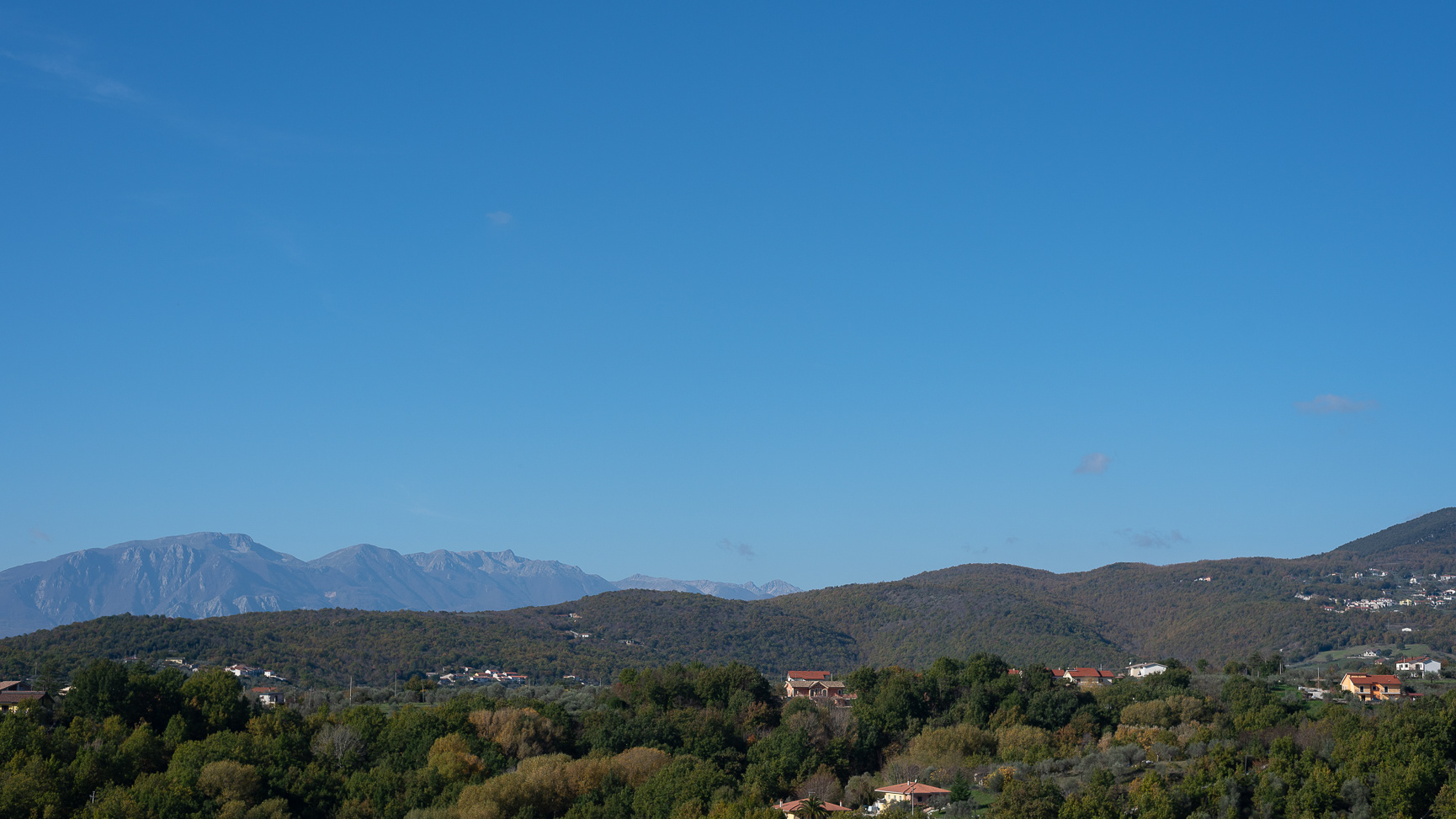
2021
Autumnal landscape of Molise
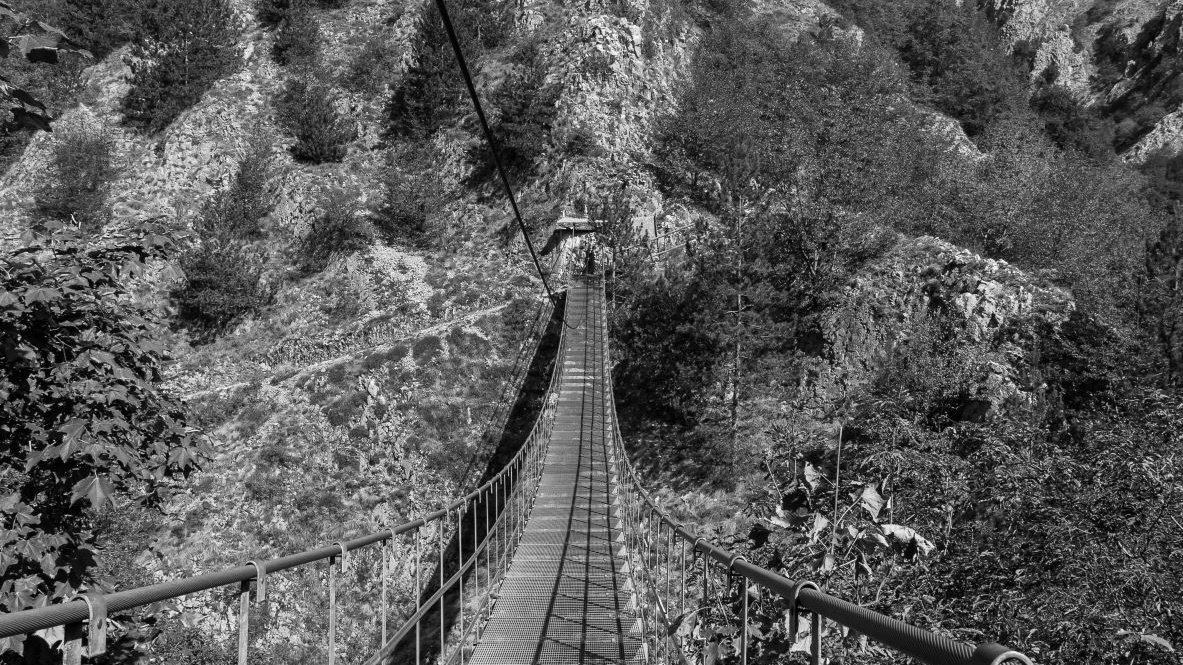
2021
Roccamandolfi. The Tibetan bridge
A metal bridge suspended in the air, 234 meters long and reaching 140 meters above ground level, has been installed near the Roccamandolfi Castle for some years now.
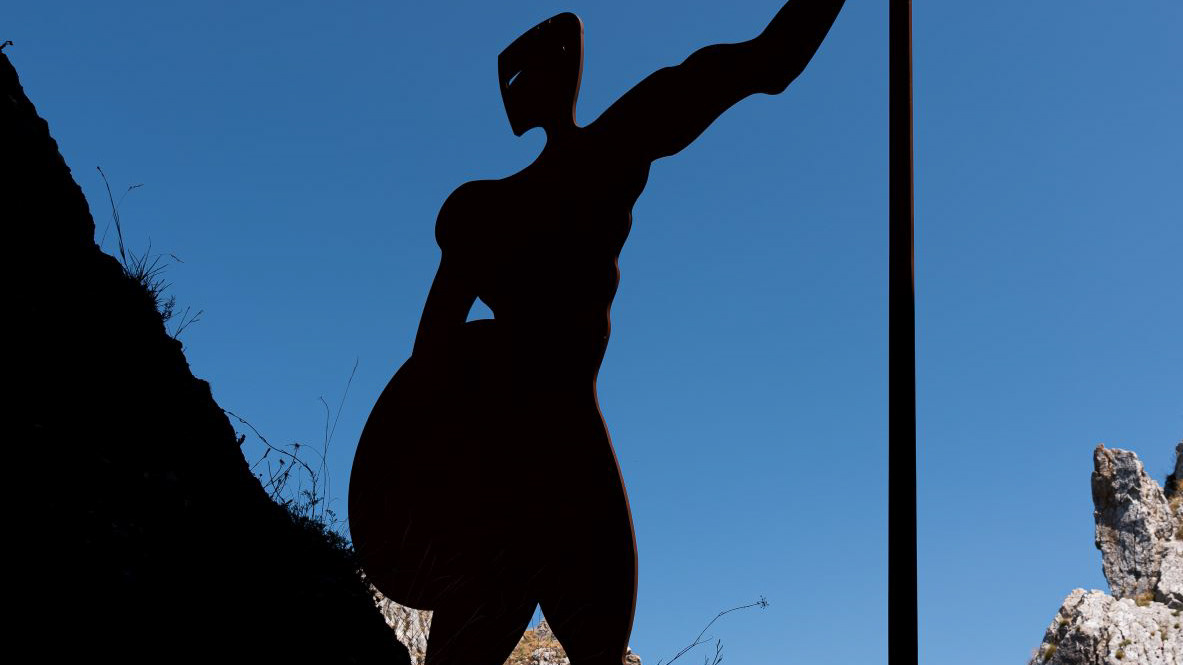
2021
Pescopennataro. Glimpses of summer
Pescopennataro is an Italian town of 244 inhabitants in the province of Isernia, in Molise. Until 1790 it was an integral part of the Giustizierato d'Abruzzo and of the Abruzzi Citrior.

2023
Macchia d’Isernia. Church of San Nicola di Bari.
The church is located in the center of the village and dates back to the 14th century. it was restored in 1780, and dedicated to San Nicola di Bari in homage to Nicola d'Alena.
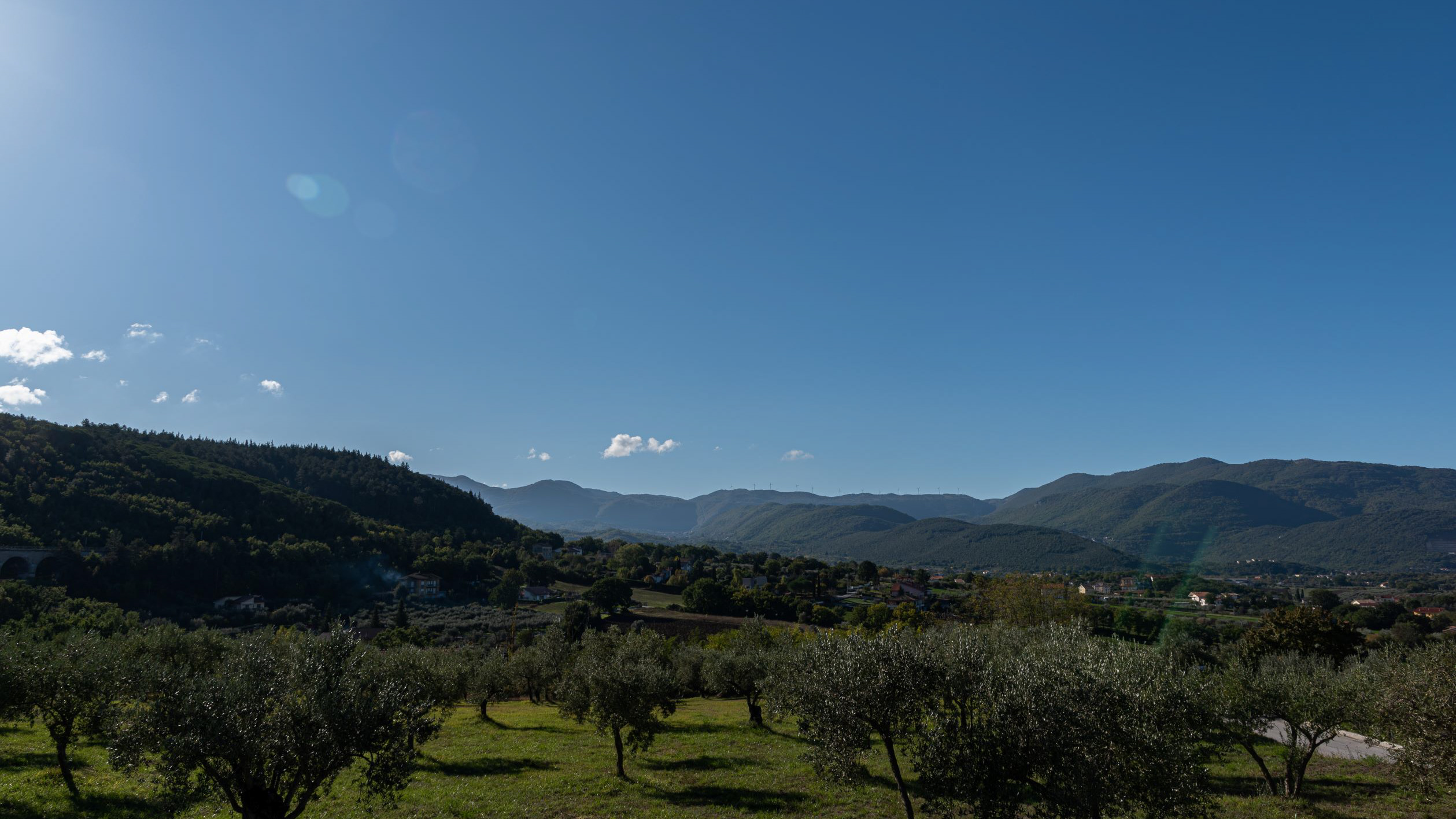
2020
Landscapes
Molise is an Italian mountainous region with a stretch of coast overlooking the Adriatic Sea. It includes a part of the Abruzzo National Park in the Apennine mountain range, with a rich wildlife and trails. The regional capital, Campobasso, is known for the Monforte Castle, located on a mountain, and for the Romanesque churches. To the north is the archaeological area of Pietrabbondante with an ancient theater and a Samnite temple.
